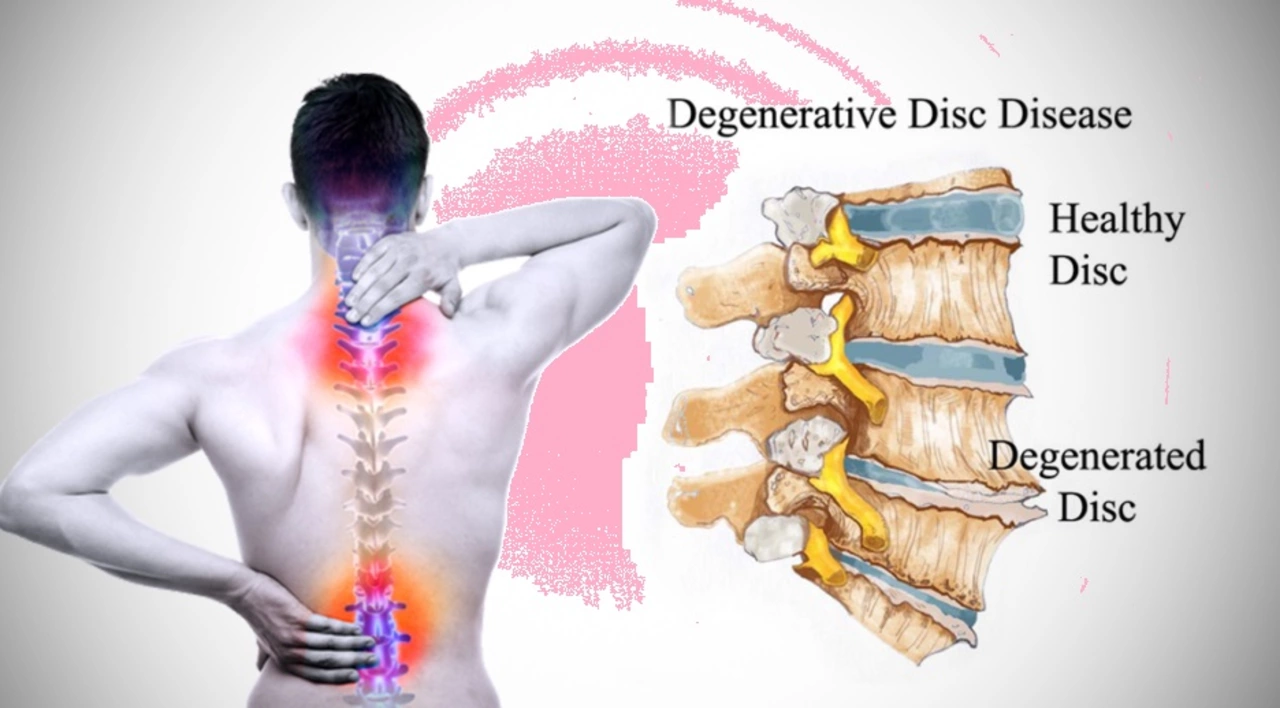Spinal Health: Practical Guide to Less Back Pain
Back pain is the world’s leading cause of disability — but most people can cut their pain with simple changes. This page gathers practical, no-nonsense advice you can try right now, plus where to look on this site for deeper reading. No jargon, no miracle cures — just clear steps that help most people feel better faster.
Quick fixes you can use today
Start with posture. Sit with your feet flat, knees at hip level, and your back supported. If you work at a desk, raise your monitor to eye level and keep the keyboard close so you don’t hunch forward. Set a timer for 30–45 minutes and stand or walk for 2–3 minutes — movement prevents stiffness.
Try two easy moves to loosen tight muscles: the knee-to-chest stretch (lie on your back, pull one knee toward your chest, hold 20–30 seconds) and the cat–cow stretch (on hands and knees, alternate arching and rounding your spine slowly for 8–10 reps). Do them twice daily.
Strength matters. Weak core and glute muscles let your lower back do too much work. Simple exercises like bridges, planks (start on knees if needed), and bird-dogs (opposite arm and leg raise) build support without heavy lifting. Aim for short sessions 3 times a week, not long workouts that increase soreness.
Sleep and shoes count. A medium-firm mattress that keeps your spine aligned helps most people. When standing a lot, wear supportive shoes and avoid high heels. Carry weight close to your body and bend at the hips and knees — not the waist — when lifting.
When to get help and what to expect
See a clinician quickly if pain follows a fall, is getting steadily worse, or comes with fever, numbness in the groin, sudden weakness in a leg, or trouble controlling bladder or bowels. Those are red flags that need urgent attention.
If pain is severe but without red flags, try a few weeks of conservative care: controlled movement, short-term over-the-counter pain relief if it helps, sleep and stress adjustments, and targeted physical therapy. A physical therapist will teach exercises that match your specific problem — that’s often the fastest route back to normal life.
Don’t get stuck waiting on scans. Imaging (X-ray, MRI) is useful for certain cases, but many back problems improve without it. A good clinician or therapist focuses on your symptoms, function, and response to simple treatments first.
Want tailored reading? Check our article on "How Back Pain Affects Intimacy and Tips for Relief" for real-life coping ideas, and browse related posts here for medication options, rehab tips, and practical lifestyle changes. Small, consistent steps beat big fixes that don’t last. Start with posture, add movement, and ask for help when red flags show up.

